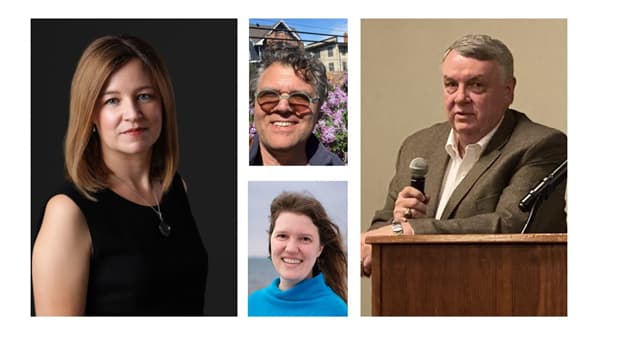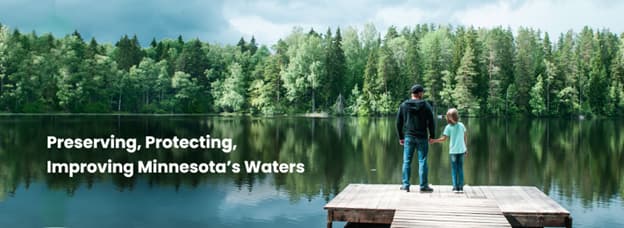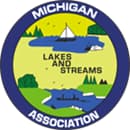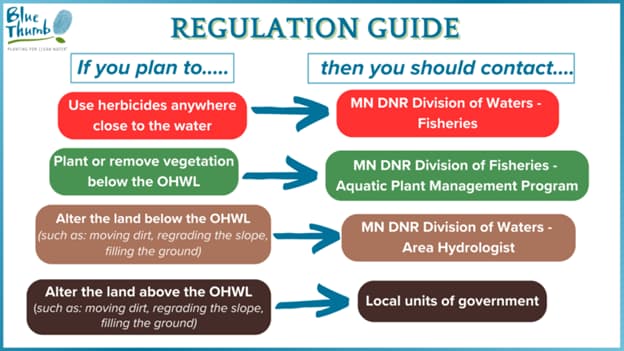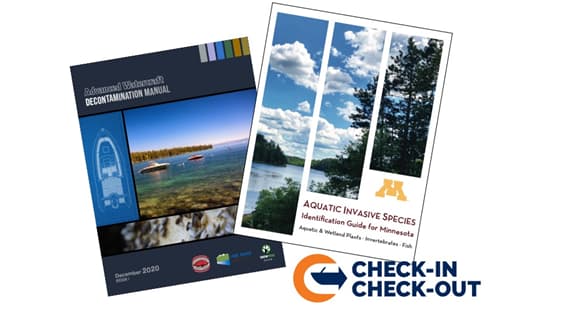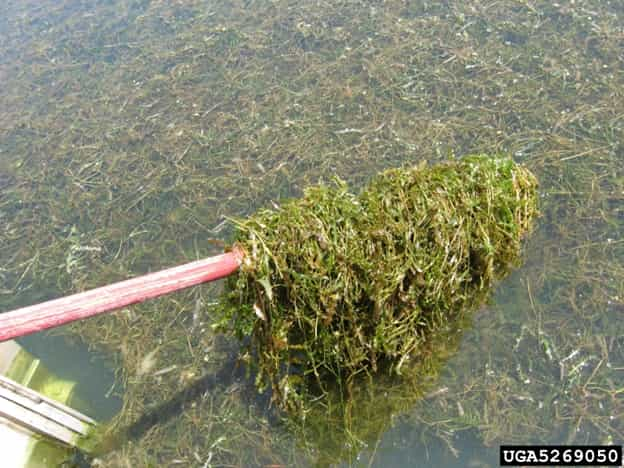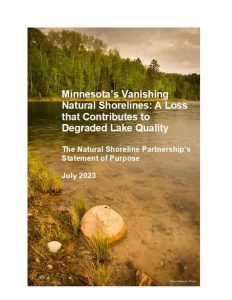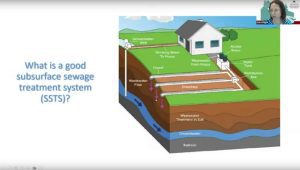
Sara Heger, U of MN’s Onsite Sewage Treatment Program set the stage at a recent MN COLA meeting to talk about the connection between septic systems and water quality. She discussed Minnesota’s rules, as well as how a properly operated septic system functions, and what and how things can go wrong. She is the go-to person for all things septic!
Sara’s presentation can be seen HERE.

